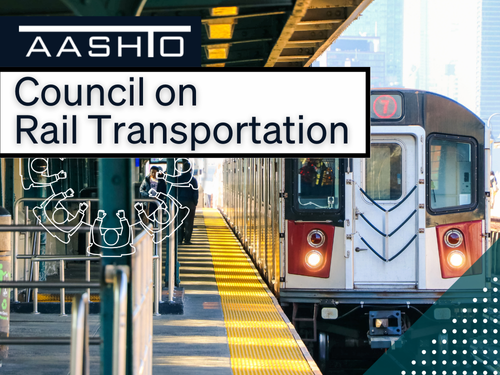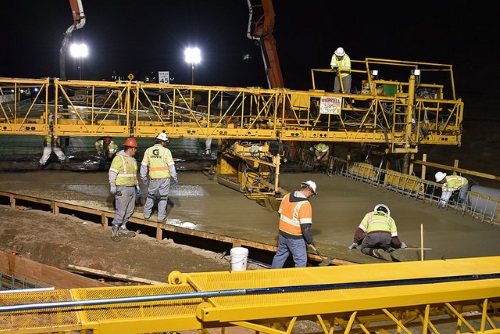The U.S. Census Bureau unveiled a new data visualization tool on Oct. 17 that allows the general public to explore the connections between higher education and job-training programs to subsequent employment and earnings.
[Above photo by Utah DOT.]
The agency said it is building such data sets via its Post-Secondary Employment Outcomes pilot program project, through which the bureau merges administrative educational data from partner colleges and universities with national job statistics from the Longitudinal Employer-Household Dynamics or LEHD program in the bureau’s Center for Economic Studies in order to examine the labor market outcomes of college graduates.

The results spotlight national employment and annual median earnings of recent graduates of partner colleges and universities by institution, degree level, degree field, and graduation cohort, the agency said in a blog post, via “simple bar charts” and download the underlying data, tracking earnings over time, by institution, and by field of study, while ensuring individual data remain confidential and secure.
“Better data like these are an essential tool to solving our nation’s skills crisis. With projects like the Post-Secondary Employment Outcomes, the Census Bureau already has created must-have data and tools for students considering their options at Texas and Colorado universities,” the agency said in its report. “In addition, the pilot project is paving the way for more states and university systems to take part. As more post-secondary institutions establish agreements with the Census Bureau, more American students, parents, and workers will have authoritative data with which to weigh the payoff of their higher education investments.”

Making such data connections between schooling and employment will also help state departments of transportation deal with what Carlos Braceras, director of the Utah Department of Transportation on 2018-2019 president of the American Association of State Highway and Transportation Officials, called “growing demand for highly skilled workers” in the industry.
“Workforce development is major concern for AASHTO and its members,” he said during his acceptance speech at AASHTO’s annual meeting Sept. 24. “There is a growing awareness with the transportation community generally, and state DOTs specifically, that the ability to build, maintain, and manage an increasingly sophisticated transportation system depends on a highly skilled workforce.”
Braceras added during a panel discussion on workforce issues at the annual meeting that “at the end of the day, the most important thing is our people. I think we’ve spent too much time over 20 years thinking, ‘woe is us, we can’t do anything.’ Instead, we need to think about being the place where they want to work; to understand the things that motivate them in what they do and by providing a ‘sense of purpose’ so they know what they do makes a difference to the lives of the general public.”
 Nation
Nation
Registration Open for AASHTO’s Winter Rail Meeting
December 19, 2025 Nation
Nation

